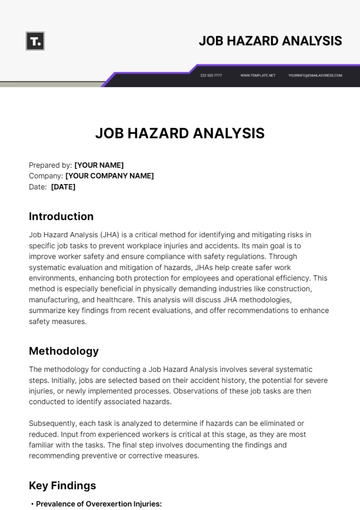Free Literary Analysis Book Review

Prepared by: [Your Name]
Date: [Date]
I. Introduction
This review presents an in-depth examination of The Art of Literary Analysis, a foundational work that offers comprehensive insights into the methodologies and theoretical frameworks for dissecting literary texts. Written by Dr. Emily Carter, the book serves as a critical resource for both newcomers and experienced scholars, offering a nuanced perspective on the complexities of literary criticism and interpretation.
II. Book Overview
A. Author’s Background
Dr. Emily Carter, a renowned literary critic with over two decades of experience, is celebrated for her contributions to the field of literary criticism. Her extensive body of work spans numerous scholarly articles and books, establishing her as a key figure in contemporary literary studies. Known for her rigorous analytical approach and commitment to exploring the intersection of theory and practice, Carter’s expertise provides readers with both depth and clarity.
B. Publication Details
Publisher: Literary Scholar Press
Year of Publication: 2050
ISBN: 123-4567890123
III. Key Concepts Explored
A. Foundational Theories
One of the book's primary strengths is its detailed exploration of various foundational literary theories. Dr. Carter provides a thorough introduction to Formalism, Structuralism, and Deconstructionism, offering a solid foundation for readers new to literary analysis. These frameworks, focusing on the intrinsic qualities of texts and their internal structures, are contextualized within the larger landscape of critical theory.
B. Modern Approaches
In addition to traditional theories, Carter also brings attention to modern approaches that are reshaping literary analysis. Eco-criticism, which examines the relationship between literature and the environment, and Digital Humanities, which applies computational tools to the study of texts, are thoroughly explored. These approaches provide a contemporary lens for understanding how literary criticism has evolved and its relevance in today’s world.
IV. Critical Evaluation
A. Strengths
Comprehensive Coverage: The book offers an expansive look at both classic and modern literary theories, ensuring readers develop a well-rounded understanding of the field.
Clarity of Explanation: Despite the complexity of some of the theories discussed, Dr. Carter excels at explaining intricate concepts with precision and accessibility, making them digestible even for readers who are new to literary criticism.
Practical Examples: Each chapter is rich with practical examples drawn from both classic and contemporary literature, helping readers see how the theories are applied in real-world analysis.
B. Weaknesses
Dense Academic Language: While the content is insightful, some sections are written in a dense, academic style that may prove challenging for readers without a strong background in literary studies. A more approachable tone might have broadened the book’s appeal.
Lack of Visual Aids: The absence of diagrams, charts, or other visual aids may make it harder for visual learners to grasp some of the more abstract concepts. Integrating such elements could enhance comprehension.
V. Detailed Analysis
Chapter | Topic | Key Insights |
|---|---|---|
1 | Introduction to Literary Analysis | Introduces basic principles of literary analysis, laying a strong foundation for subsequent discussions. |
2 | Exploring Formalism | Examines the importance of form and structure, emphasizing how these elements contribute to a deeper understanding of meaning. |
3 | The Role of Context | Explores how historical, social, and cultural contexts shape textual interpretation and analysis. |
VI. Conclusion
The Art of Literary Analysis is a landmark work for anyone serious about understanding the intricacies of literary criticism. Dr. Carter’s balanced approach—combining both classical and modern perspectives—makes the book an essential resource for scholars, students, and literature enthusiasts alike. While its dense academic style may be daunting for beginners, the clarity of the arguments and the depth of its analysis make it well worth the effort.
VII. Recommendations
This book is highly recommended for university students studying literature, educators seeking to deepen their teaching methods, and scholars interested in expanding their understanding of literary theory. Beginners may benefit from supplementary materials or study groups to assist in navigating some of the more challenging concepts. Visual learners or those unfamiliar with advanced literary theory might consider pairing the text with external resources to enhance their comprehension and experience.
- 100% Customizable, free editor
- Access 1 Million+ Templates, photo’s & graphics
- Download or share as a template
- Click and replace photos, graphics, text, backgrounds
- Resize, crop, AI write & more
- Access advanced editor
The Literary Analysis Book Review Template on Template.net is a customizable and editable tool designed for seamless book reviews. With its user-friendly format, you can easily personalize your review. Editable in our AI Editor Tool, it allows for quick modifications, making it perfect for both professional and personal use.





























